





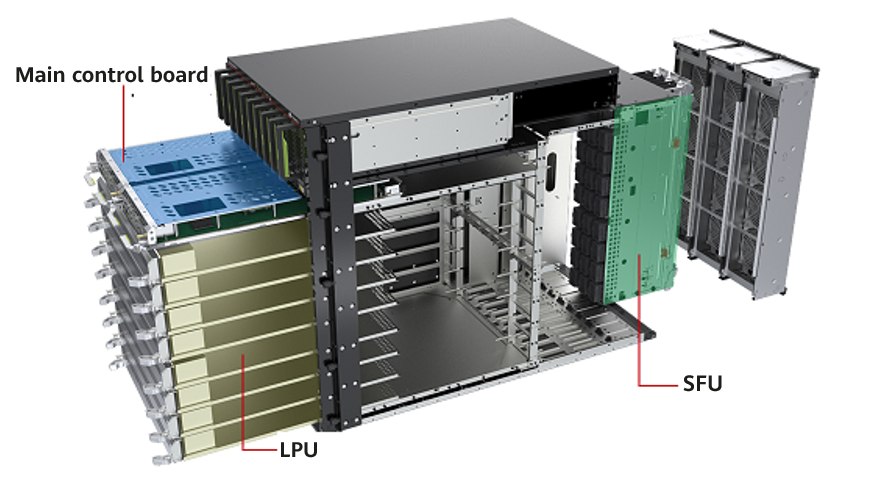








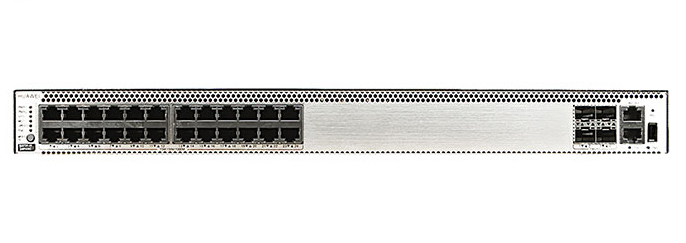
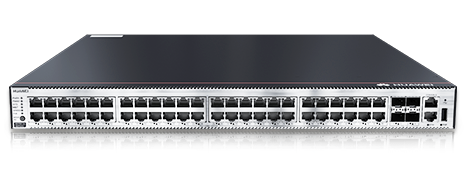

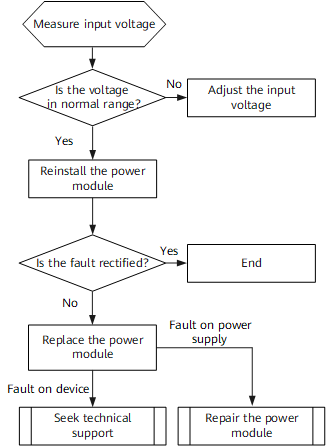

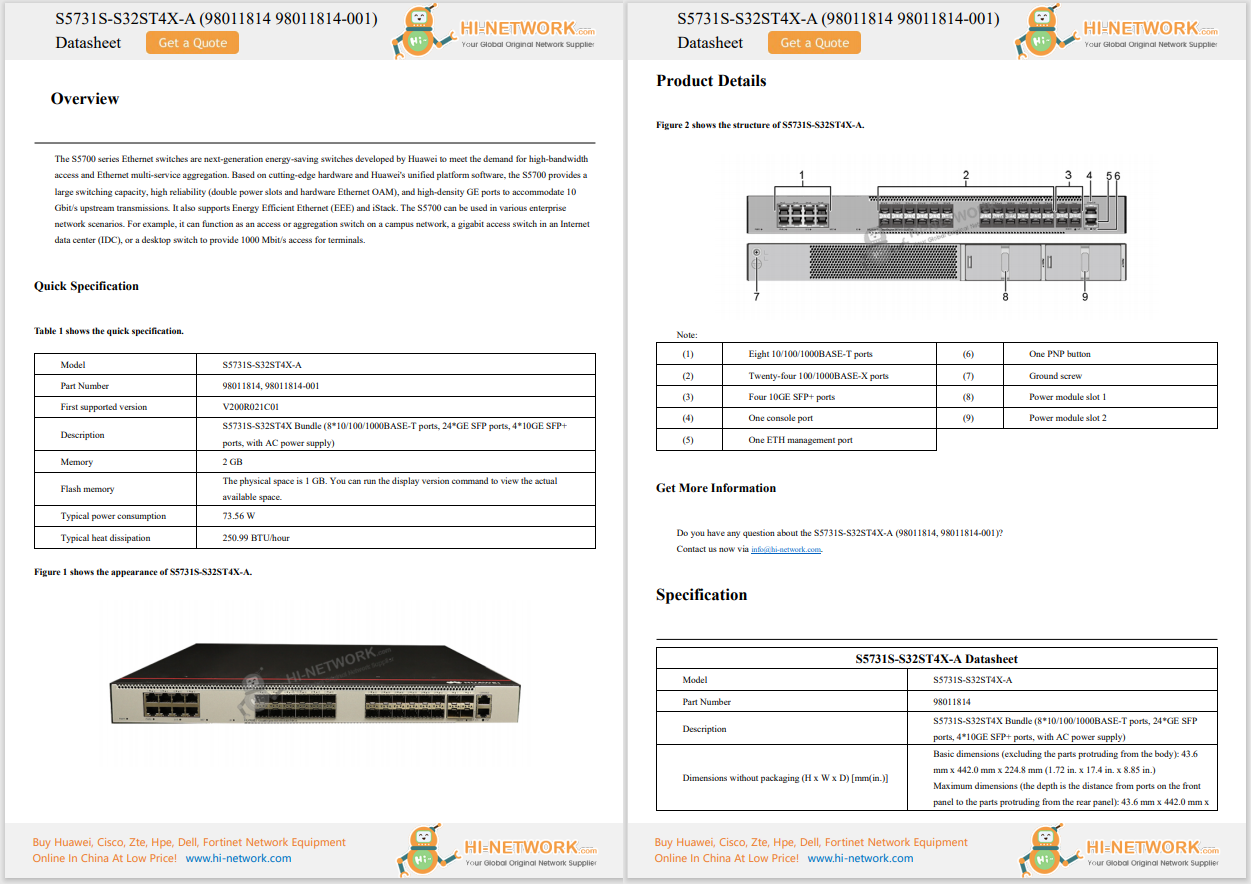












Cybersecurity firm CrowdStrike is laying off 500 employees-5% of its workforce-as it shifts towards an AI-led operating model to boost efficiency and hit a$10 billion annual revenue goal.
In a letter to staff, CEO George Kurtz described AI as a 'force multiplier' meant to reduce hiring needs instead of expanding headcount.
The restructure, expected to cost up to$53 million through mid-2026, will still see hiring in customer-facing and engineering roles.
Yet despite its optimism, the company's regulatory filings flag notable risks in depending on AI, such as faulty outputs, legal uncertainty, and the challenge of managing fast-moving systems. Analysts have also linked the shift to wider market pressures, not merely strategic innovation.
Principal analyst Sofia Ali warned that the AI-first approach may backfire if transparency, governance, and human oversight are not prioritised. Over-reliance on automation-especially in threat detection or customer support-could erode user trust instead of reinforcing it, particularly during critical incidents.
CrowdStrike's move mirrors a broader tech trend: over 52,000 tech jobs were cut in early 2025 as firms embraced AI to replace automatable roles. For cybersecurity leaders, the challenge now lies in balancing AI's promise with the human expertise essential to trust and resilience.
Would you like to learn more about AI, tech and digital diplomacy?If so,ask our Diplo chatbot!
 Горячие метки:
Искусственный интеллект
Укрепление потенциала
Конвергенции и отт
Горячие метки:
Искусственный интеллект
Укрепление потенциала
Конвергенции и отт